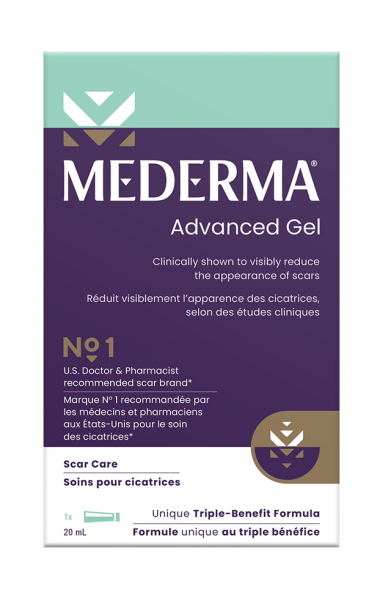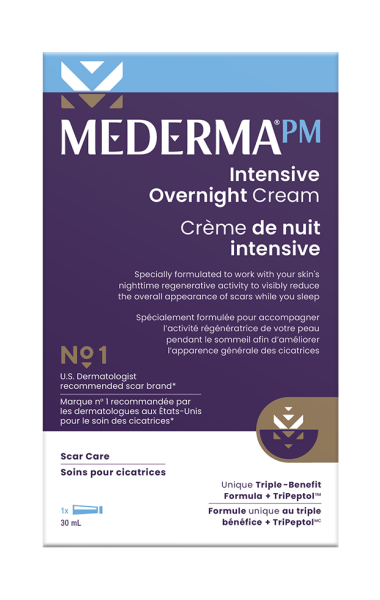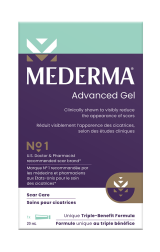Where there’s a wound, there may be a scar – and there is almost no surgery without a scar. An ideal surgery would leave no scar, but it often does. Read on to find out more about how to minimize your surgery scars.
- Almost all surgery will leave some form of scarring
- Caring for the wound can help reduce the size and impact of the scar
- Once the wound is healed, you can use scar care products
In this article:
- What are surgery scars?
- How do I care for surgical scars?
- Immediately after surgery (for one to three weeks)
- After wound closure (about a week after surgery)
- When returning to daily activities (about 2 to 3 weeks after surgery)
- Things to remember
What are surgery scars?
Surgery often leads to permanent scarring due to the incisions to the skin during the procedure. Your surgeon will close this wound to the best of their ability so that it will heal with minimal scarring.
Apart from the type of wound, its location, and the closure technique used, there are other factors that influence the type of scar you might get from surgery. Some you can control yourself, such as exposure to the sun or smoking, but others you can’t do anything about, including your age, genetic predispositions, phototype and ethnicity.
Scars are part of your body’s natural healing process. Scar formation after surgery goes through three phases[1]:
- In the inflammation phase, which starts immediately after wound closure by the surgeon and lasts for about 1 week, the body initiates wound closure by coagulation.
- Over the next 1 to 2 weeks, fibrous tissue is formed by collagen and elastin synthesis, creating a scar that may be red and itchy. This is called the proliferative stage.
- During the final remodelling phase, the lower part of the scar undergoes a healing and remodeling process which ideally replaces the initially disorganized deposited collagen with organized collagen, making the scar paler, softer, and less sensitive.
The scar usually takes on its final appearance after 1 to 2 years. Typical scars after surgery are:
- Hypertrophic scars, which start to develop during the inflammatory phase after which they rapidly gain volume within the limits of the incision, and
- Keloid scars, which start to appear about a year after surgery and are sometimes painful or itchy. They are voluminous beyond the surgical incision and commonly appear in areas with thick skin and on darker skin types.[2]



